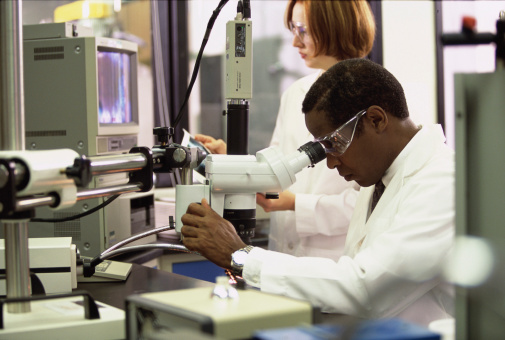Three Myths that Hurt Medical Research

Much of the work that ShipCritical does is to benefit medical research. By transporting supplies to the people and doctors who need them, we ensure that the needed tissues and clinical samples are possessed by those who can do the most good. Unfortunately, despite these practical measures, there are three persistent myths that hinder the progress of productive medical research.
Myth 1: Only Non-Profit Organizations and Universities Make Medical Progress
While nonprofits and universities make significant contributions to the research process, they are one part of a much larger puzzle. Obtaining knowledge is only part of the battle, but implementing it is often a huge problem. Drug development or the construction of new equipment takes money, and that has to come through the financial sector. Private companies utilize research in order to make the products that will actually be used by doctors and hospitals. Nonprofits and universities can’t do all of that themselves.
Myth 2: Private Industry Exploits Research and Overcharges for Medical Supplies
Developing treatments and cures for diseases is neither cheap nor easy. It takes a great deal of time and effort, both of which cost money. There is a level of trial and error involved in most clinical research, and it’s only the effective routes that are developed. However, even those error stages have to be funded. Private industry essentially must fund research that leads to a dead end, but without those “failed” results, the successful ones would not have been possible.
Myth 3: Good Medical Treatments will Affect Everyone the Same Way
While there are a lot of commonalities between everyone, we’ve evolved idiosyncratically so that one disease cannot wipe out everyone. That’s why certain people may respond badly to some drugs while others do not. Human bodies are not like machines. Expecting that a constant input will result in the same output for all individuals is unrealistic. Sometimes unique problems develop, and while those should be minimized at all costs, it’s impossible have a full-proof system. It’s part of the medical research process.


